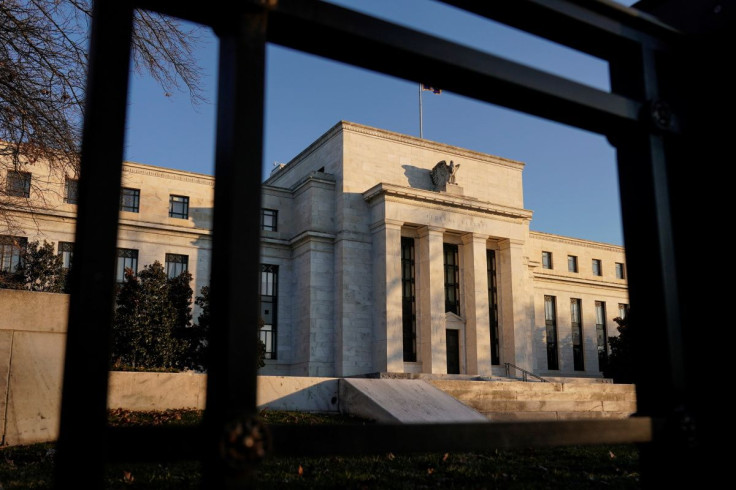How To Trade The Fed's Tightening Cycle

The Fed's tightening cycle is already here and can be a source of profit opportunities, provided that traders place the right bets on the right sectors at the right time.
Fed tightening cycles are part of the Wall Street game. The Fed raises interest rates when inflation exceeds its target to cool the economy and bring inflation down.
Higher interest rates create a great deal of anxiety among traders, as there's the risk that the Fed is overdoing it and pushing the economy into a recession. That's certainly not a good thing for equities. Recessions hurt both the top and the bottom line of listed companies, driving shares lower.
This fear may not be justified given the nature of financial markets, which discount ahead of time any well-anticipated events.
"The Fed tightens to decelerate economic growth to a more manageable non-inflationary level," said James E. Demmert, founder and managing partner at Main Street Research. "This often causes investors to fear that slower means recession, which is usually misplaced. There's a lot of evidence that shows markets decline before the Fed starts the cycle - discounting it - and often falls towards its end for fear they've tightened too much."
The current Fed tightening cycle isn't an exemption of this rule. Investor and trader anxiety began a couple of months ago, as solid inflation numbers created the sense on Wall Street that the Fed is "behind the curve," meaning that it is too slow in raising interest rates. But it eased after the nation's central bank began its first hike and reassured markets that it was ready to do "whatever it takes" to fight inflation. That's how the doom and gloom on Wall Street in previous weeks turned into a boom this week.
While it's still too early to determine whether the Fed means what it says and whether this tightening cycle will end with a recession, equities usually gain during tightening cycles. At least that's the evidence from the last 12 tightening cycles, which show that equity markets have averaged a 9.4% annual return.
What's the best way to position your portfolio for the Fed's tightening cycle?
Demmert favors sectors that usually benefit from higher interest rates like financials and technology. And industries that are immune to higher rates and are profitable in a slow-growth environment like consumer staples and healthcare.
Robert R. Johnson, a professor at the Heider College of Business at Creighton University, cautions investors to tame their expectations for robust gains in this tightening cycle.
"The certainty of Fed tightening and rising interest rates in 2022 means that investors should lower their expectations for broad equity market returns," he said.
Johnson points out that the best performing sectors in the past tightening environment have been equity REITs (10.3%), utilities (8.4%), energy (7.9%) and consumer goods (7.8%). The worst performing sectors in a rising rate environment were automobiles (-1.3%), durables (0.1%), apparel (2.8%) and retail (2.8%).
Will history repeat itself?
It all depends on whether the Fed convinces markets that it can bring inflation down without taking the economy down with it, according to Yohay Elam, senior financial analyst at fxstreet.com.
"Conveying confidence is the key to the Fed's impact on markets, more than the meeting-by-meeting moves of 25 or 50 [basis points]," he added.
We'll know by the end of the year whether the Fed succeeds in this endeavor.
© Copyright IBTimes 2024. All rights reserved.






















